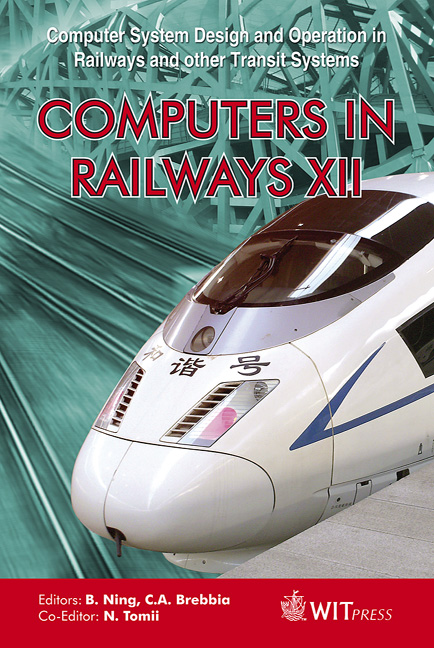An Efficient MIP Model For Locomotive Routing And Scheduling
Price
Free (open access)
Transaction
Volume
114
Pages
11
Page Range
963 - 973
Published
2010
Size
327 kb
Paper DOI
10.2495/CR100871
Copyright
WIT Press
Author(s)
M. Aronsson, P. Kreuger & J. Gjerdrum
Abstract
This paper presents a MIP model for a locomotive routing and scheduling problem from the domain of freight railways. Innovative features of the model include the use of binary variables to separate the integer and continuous parts of the problem to maintain the flow character of the integer part of the problem. The model has been developed with, and has found practical Green Cargo, the largest rail freight operator in Sweden. Keywords: vehicle routing and scheduling, rail traffic resource management. 1 Introduction The increasing competition within the railway transportation sector requires effective resource utilisation methods for companies such as Green Cargo, the largest rail freight operator in Sweden. In many countries in Europe, railroads have traditionally been state-owned organisations with diverse interests in e.g. passenger traffic, freight traffic, infrastructure and real estate investments. The Swedish state railway was deregulated in all these areas around the millennium, creating separate companies with dedicated resources. Before the deregulation, locomotives were used for passenger traffic in the daytime and freight traffic at night. Today, locomotives are dedicated to either cargo or passenger traffic, which has brought about utilisation patterns such as in figure 1.
Keywords
vehicle routing and scheduling, rail traffic resource management





